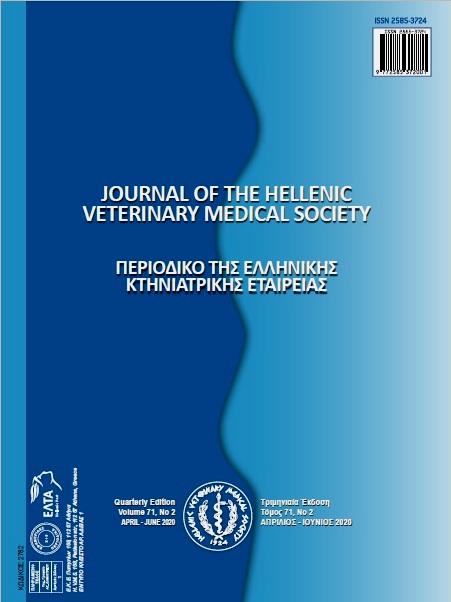A novel β-lactam-aminoglycoside combination in veterinary medicine: The couse of ceftiofur and gentamicin to combat resistant Escherichia coli

Abstract
The focus of this study was to evaluate the efficacy of ceftiofur+gentamicin combination to increase the success of antimicrobial inhibition against resistant Escherichia coli (E.coli) strains isolated from animals. Interaction between drugs was determined using checkerboard method and the fractional inhibitory concentration index was interpreted as synergism, antagonism and indifference. The combination was defined as bactericidal or bacteriostatic based on the minimum bactericidal test results. Mutant prevention concentration test was used to evaluate the resistance tendency suppression potential of the combination. The synergistic effect was detected for all E. coli strains by the checkerboard method; even the strains that were resistant to the individual compounds in the combination. Based on the results of minimum bactericidal concentration test, the combination exhibited bactericidal effect against all E. coli strains. In addition, the individual mutant prevention concentrations of ceftiofur and gentamicin decreased up to 125-fold by using the combination for the inhibition of resistant E. coli strains. The results indicated that killing potential of co-use of the compounds is much stronger than their individual use. The combination achieved to decrease the mutant prevention concentrations and this can reduce the risk of emergence of single mutations during treatment done with suggested doses.
Article Details
- How to Cite
-
CENGIZ, M., SAHINTURK, P., HEPBOSTANCI, G., AKALIN, H., & SONAL, S. (2020). A novel β-lactam-aminoglycoside combination in veterinary medicine: The couse of ceftiofur and gentamicin to combat resistant Escherichia coli. Journal of the Hellenic Veterinary Medical Society, 71(2), 2207–2212. https://doi.org/10.12681/jhvms.24166
- Issue
- Vol. 71 No. 2 (2020)
- Section
- Research Articles

This work is licensed under a Creative Commons Attribution-NonCommercial 4.0 International License.
Authors who publish with this journal agree to the following terms:
· Authors retain copyright and grant the journal right of first publication with the work simultaneously licensed under a Creative Commons Attribution Non-Commercial License that allows others to share the work with an acknowledgement of the work's authorship and initial publication in this journal.
· Authors are able to enter into separate, additional contractual arrangements for the non-exclusive distribution of the journal's published version of the work (e.g. post it to an institutional repository or publish it in a book), with an acknowledgement of its initial publication in this journal.
· Authors are permitted and encouraged to post their work online (preferably in institutional repositories or on their website) prior to and during the submission process, as it can lead to productive exchanges, as well as earlier and greater citation of published work.


